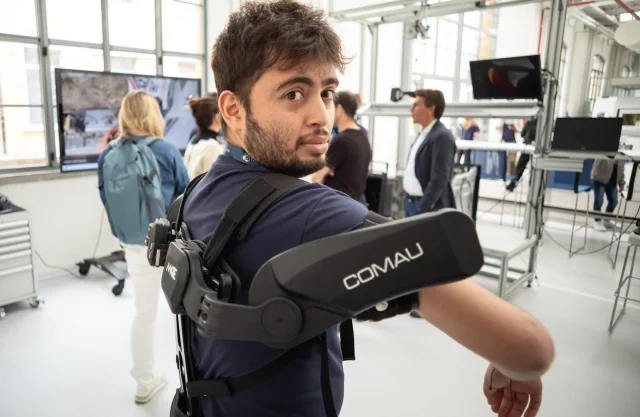
The International Engineering Festival, a chance to dive deep into the cutting edge of technology and sustainability, will be held on September 20-22, 2024, at Milan’s most prestigious technical university-the Politecnico di Milano-located at the Bovisa Campus. From space missions to autonomous driving, the event will show what a future that seems quite achievable might look like.
It will demonstrate how engineering affects everything that surrounds us, starting from those things which one cannot even see: magnetic fields, wind, light, and sound waves. Among the technologies featured this year during the festival are those inspired by origami, biomedicine, and space explorations.
Final year Marta looks back: “When I enrolled, I had no clue where my life was going. I liked space and wished to be just like Samantha Cristoforetti, yet I didn’t believe in myself. Nowadays, I take part in building carbon fibre fixed-wing drones with my team-mates.”
Imagining Life on Mars
During the event, attention would turn to outer space, with Mars being the most ambitious goal. “We don’t know when we’ll get there, but studying the universe changes life here on Earth. It’s not about going far; it’s about understanding ourselves,” explains Ingrid Paoletti, professor of Architecture Technology at Politecnico di Milano. She was joined by aerospace engineer Chiara Cocchiara and space architect Valentina Sumini during a session dedicated to women’s contributions in the area.
Inspiring the Next Generation
Children, when taken to the Chemistry Lab, are fascinated by demonstrations that border on magic. Families unite in participation, while a scientist explains wonders about oxygen. The broad-eyed stares of children reflect their curiosity, coupled with their myriad questions. Cocchiara underscores the fact that the dream of becoming an astronaut is not just a question of space, but that “Astronauts work intensely, with tight schedules from the moment they wake up to when they go to bed.
The Role of Technology in Climate Change
Alex Bellini, environmental explorer and speaker, shares how technology is a double-edged sword in the fight against climate change. According to him, “The effects of climate change are usually invisible to the human eye, yet no place-be it made up of ice, water, or desert-comes out unscathed.” He says populations he encounters are forced to change their habits, traveling greater lengths to find food.
The Human Factor in Technology
While technology is basic, alone it cannot solve the problems without human consideration. “Sometimes we fall in love with the technology we create, forgetting that it can be used negatively too,” warns Francesco Braghin, professor of Applied Mechanics at Politecnico. As the festival talks about the post-pandemic mental well-being of students, Daniele Grassucci, co-founder of Skuola.net, underlines the results of a recent survey: “75% of students want to engage in physical activity to combat stress, but many feel overwhelmed by academic pressure, with some experiencing panic attacks before attending school or university.”
Educational Labs for Kids
During the education laboratories of the festival, kids design and color sailboats made of paper in order to then watch them glide across the water with jubilation. Their enthusiasm gives hope that the future will have to be reinvented continuously.




